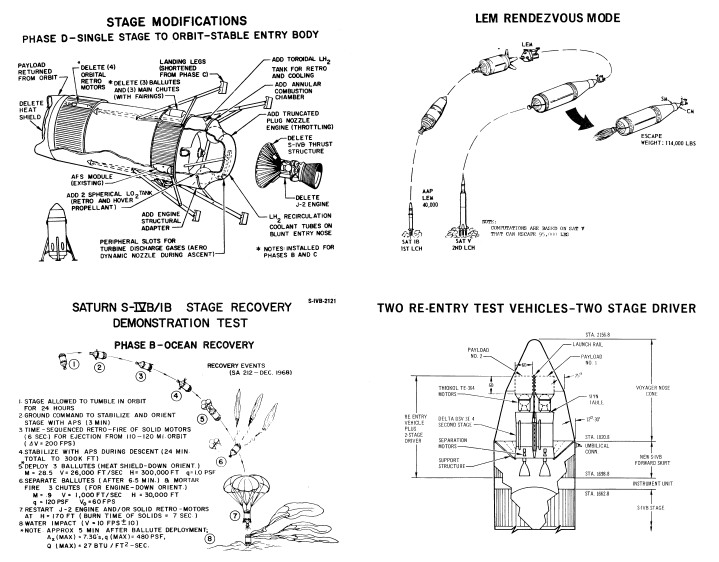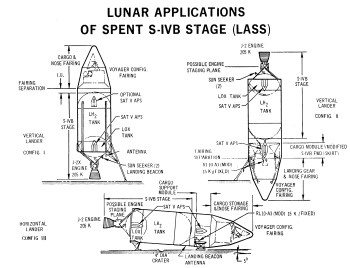January 26th, 1984, saw the first Soviet Launch to Mars, beating the American's MEM program, head by Von Braun. Massive cost overlays and technical failures has pushed the launch well past 1985. Many have criticized Von Braun's "Battleship Galatica" appoarch to going to Mars; they claim the US just doesn't have the technical knowhow. The Soviets, however, just copied the Apollo 11 concept, abit larger and capable of a 9 month voyage. But before they launched their crew, they launched a return vehicle a year ago. The vehicle is currently resting on the Martian surface, awaiting its crew.
Instead of pursuing the Moon, the Soviet Union focused on long-term space living. Their space stations they've had in orbit gave them valuable experience.
October 31st, 1984, The Soviets enter the atmosphere and land, though, 100+ miles from their Return Vehicle. That's OK. They have a week's worht of Oxygen in their Soviet Mars Rover. Their last trasmission was informing Mission Control that they were heading towards the Return Vehicle. The Soviets, being unfamiliar wit the Martian climate and with a compressed amount of time, landed their crew during the Southern Martian Summer, when, dust devils and dust storms are frequent. They lost contract shortly there after when the Soviet Marian Orbiter picked up a massive dust storm over their area. It is concluded they got disorentated in the dust storm and couldn't find the Return Vehicle. The Soviet Union recognizes them as Heros and the first men to walk on another panet.
A second Soviet Mission, launched in November 1984, arrived in September, 1985. They found the Return vehicle, did some researched, waited for their launch window and returned safely to Earth, in 1986.
The Von Braun MEM Mission was scrapped. By now, the US economy was facing a severe recession in 1986.
A third mission was launched in 1987 with another Return Vehicle. Their mission was scientific and long-term colonization. The Soviet Mars Orbiter found the Soviet Mars Rover. The third mission investigated, but found no bodies of Cosmonauts. It was only until several missions later, in '92 did a Soviet Research Rover find a body. Apparently, this Cosmonaut broke his face shield, probably due to disorientation from the storm. His body was almost completely decomposed.
The Americans spent millions to develope a pen that would write in space. The Russians used a pencil...

